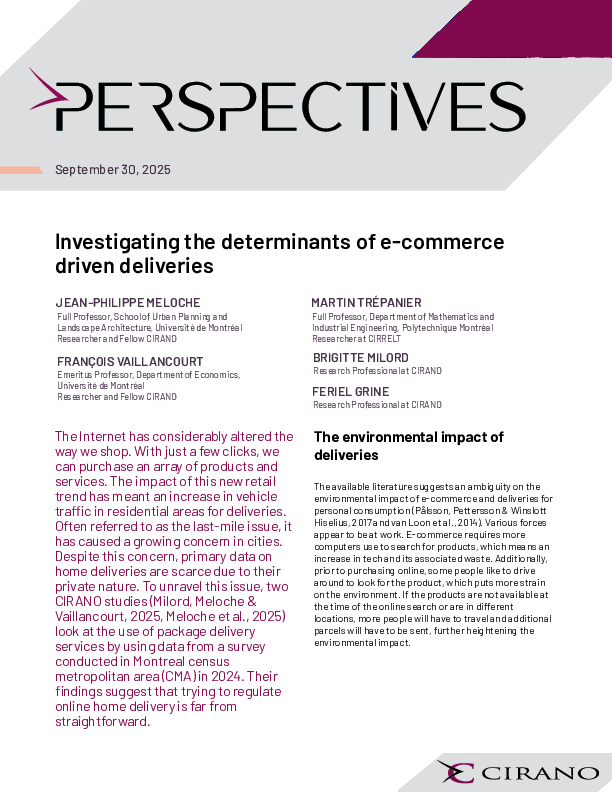L’enseignement des mathématiques dans les écoles secondaires du Québec: L’alignement entre les enseignants, les concepts mathématiques des programmes ministériels et les concepts mathématiques utilisés dans les emplois STIM
This report presents a study of the concepts and processes taught in high school in Quebec. It examines the alignment between the concepts taught and the concepts used by workers in the Quebec STEM industry, the alignment between teachers' motivations and tensions and the mathematical concepts taught, and the alignment between the epistemology of high school mathematics teachers, the mathematical concepts in the training program, and the mathematics used by workers in the STEM industry. First, we conducted an analysis of the mathematical concepts and processes present in the Quebec high school mathematics curriculum. We compared this analysis with other mathematics programs. We studied the STEM occupations represented in Quebec textbooks. Second, we interviewed STEM workers about the mathematical concepts used in their work. We compared these mathematical concepts to those found in the Quebec school curriculum. Third, we interviewed high school mathematics teachers about their representations of the mathematical concepts in the program. We sent them a questionnaire and conducted focus groups. We compared their representations of these mathematical concepts with those in the Quebec Education Program. Our results suggest that some mathematical concepts are used a lot by STEM workers, but are not taught much in high school. This is the case for statistics, which is mainly taught to students in the Culture Société Technique stream, a stream that does not lead to qualification in CEGEP and university STEM programs. Moreover, a large proportion of the teachers interviewed said they did not appreciate statistics. These results show a significant misalignment that could lead students to a truncated view of the mathematics used in STEM careers.




